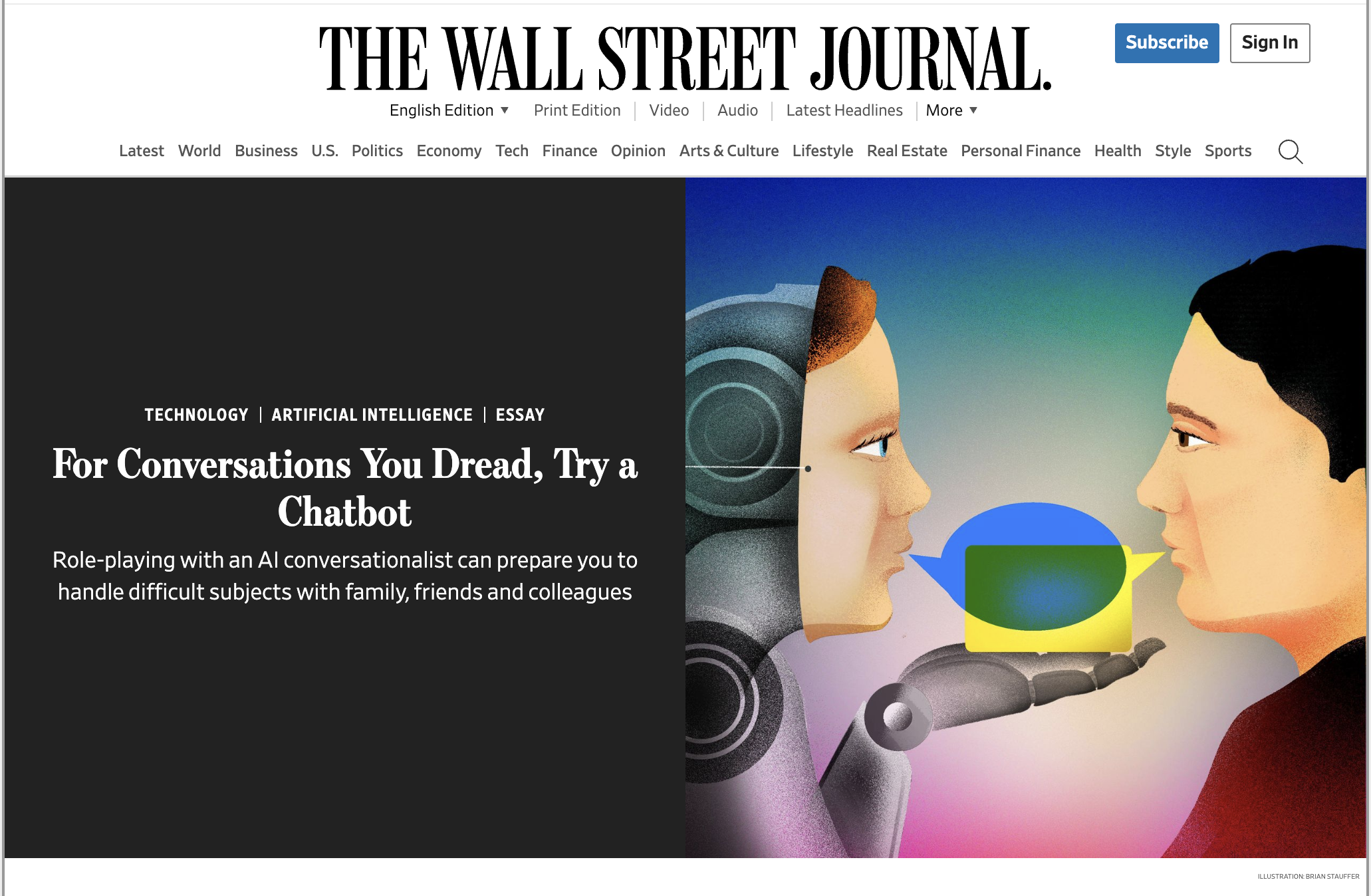Make Experiments Cheaper
One key challenge to organizational innovation is that would-be-innovators are conditioned by the approval-heavy, red-tape-oriented interactions and procedures that drive day to day business operations (approvals and tape that are helpful and necessary protections against unnecessary distractions, by the way). What this means is that innovative behaviors like experimentation tend to get expensive, quickly. The primary determinant of the volume of experiments an organization can afford to run is how much it costs to an experiment. Therefore, a worthy goal is to drive the cost of an experiment as low as possible — it’s one of the easiest ways to improve eROI.
Consider a recent example: a while back, we planted some of the tools and mindsets we teach in Stanford's LaunchPad inside the internal incubator program of a large, ~200 year old industrial company.
One day, we asked founders-in-development to propose how much funding they needed to take their venture to the next level. An experienced sales manager in the cohort, who had been advancing a sophisticated service platform, requested $30M to flesh his program out to sufficient resolution.
At the risk of stating the obvious, there aren't many organizations that can afford to run a portfolio of ~$30M experiments in parallel! That’s likely the whole budget for an early stage portfolio, so we pushed him to think about how he might dramatically cut costs -- if for no other reason than to be a good citizen and leave some funds for others in the learning cohort to advance their ventures.
A couple days later, after eliminating unnecessary features and focusing on immediate next steps, he came back with an estimate of $200k. Better, but we wanted him to think smaller, faster, cheaper.
In a quick conversation, I teased out the assumptions that drove his cost: even being exceedingly conservative about technology development costs, he figured he’d need a bare minimum of 3 customer service agents, at a salary of ~$60k/year. “Who said anything about hiring folks on annual salaries?!?” I said… “You are the customer service department!” In his 20+ years at the company, he had never hired anyone for less than a year-long increment, or at less than a full-time salary.
After a little pushback at the prospect of answering calls in the middle of the night (I told him our students at Stanford do that routinely, when offering round-the-clock support technologies), he realized that he had a team abroad that he could pull part-time off of their work to be available to handle a few calls during his sleeping hours. He estimated this might cost ~$15k to fund those diverted resources for the next 3 months.
From $30,000,000 to $15,000 isn’t a bad reduction in cost for a 3 day period!
This is one of the prime directives of an innovation leader: make experiments cheaper to run. Sometimes this has to do with technology; but often, it has to do with the institutional norms driving folks’ assumptions and expectations.
Related insight: Judge Experiments Before Ideas
Click here to subscribe to Paint & Pipette, the weekly digest of these daily posts.










Much ink has been spilled about the plight of college graduates. Because of all the hand-wringing about entry-level positions disappearing and AI automation stealing opportunities, no one is saying the quiet part out loud:
No one wanted a "job" to begin with. In that sense, there's never been a better time to enter the job market.